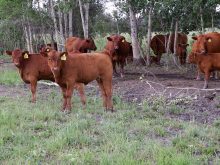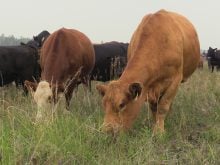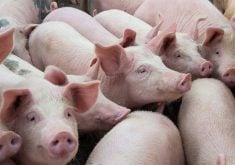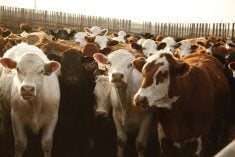CALGARY – Canada had a record level of beef exports in 1995 but faces continued competition from other countries eager to ship beef here.
Over the last four years Canada has exported 40 percent of its beef production either as live animals or meat, said Canfax market analyst Anne Dunford.
At one time about 80 percent of the trade was live animals. That has shifted to about 60 percent live animals and 40 percent beef.
Canada also imports beef, mostly for processing, giving it a net export figure of 27 percent. Of that percentage, 96 percent of the trade is with the U.S., and was worth a record $1.8 billion in 1995.
Read Also
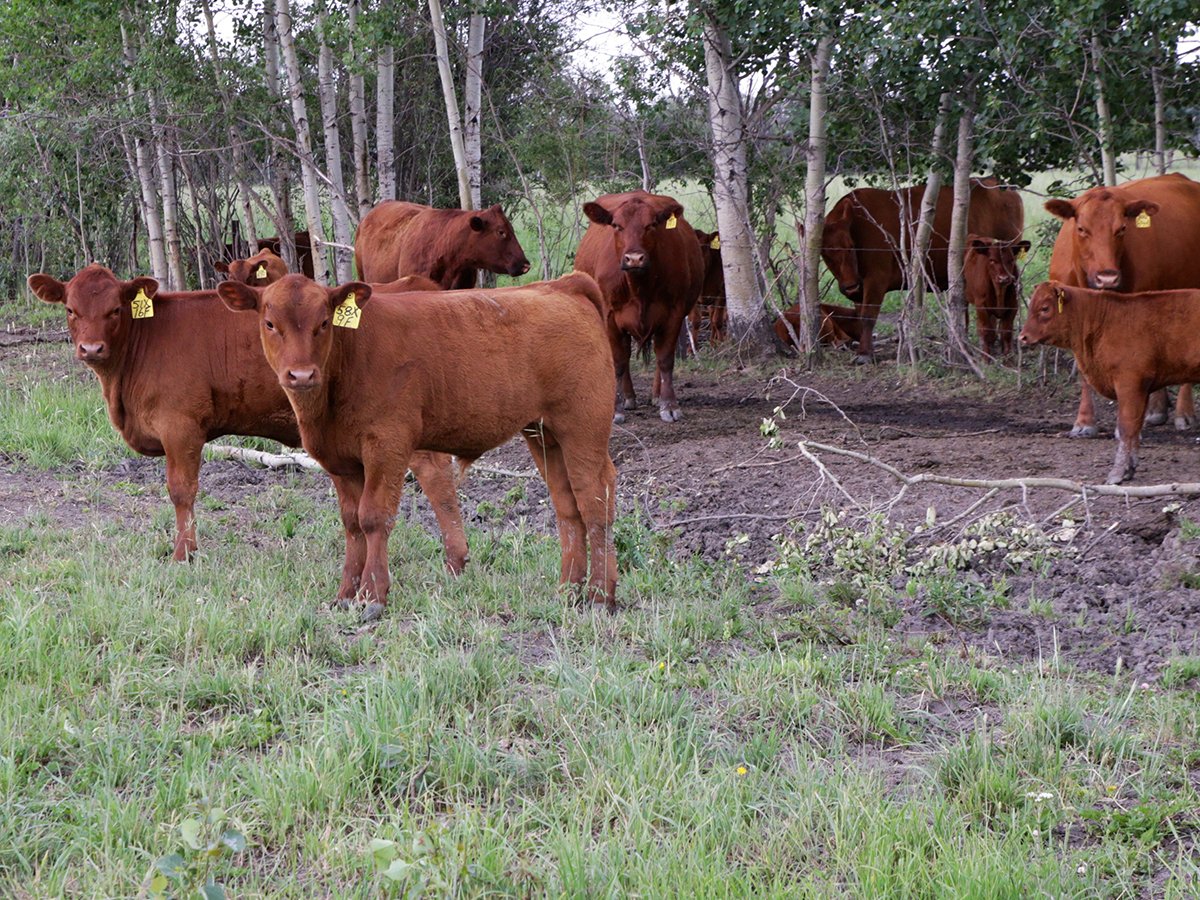
Feeder market continues the climb
For the week ending Aug. 30, Western Canadian feeder cattle markets traded $4-8 per hundredweight higher on average.
Overall, Canada is the fourth largest beef exporter in the world and the largest pork exporter.
“That was likely to happen not because of anything wise the government did but because of circumstances around the world,” said Dennis Laycraft, executive vice-president of the Canadian Cattlemen’s Association. He delivered his trade message to the Alberta Cattle Feeders Association annual meeting.
According to 1994 figures, the meat pie split shows 31 percent of world beef supply comes from the U.S. Another 20 percent is from the European Union, 16 percent from the former Soviet Union, 12 percent from Brazil, six percent from Argentina, five percent from Australia, two percent from Canada, one percent each from New Zealand and Uruguay and the balance from other countries.
But the international trade scene has new challenges.
For Canada they include the renewal of a countervail duty against European beef. The beef is of manufacturing quality and can be sold cheaply because of export subsidies. Canada argues the subsidies harm domestic production.
“In our opinion it’s still subsidized product. They’re currently getting 71.5 cents a pound subsidy if they were going to ship that product to Canada,” Laycraft said. The EU stockpile of frozen beef products, in storage due to oversupply, is almost gone.
Subsidies continue
“They can still use subsidies on 1.5 million tonnes of beef products annually,” said Laycraft.
Other imports could arrive from Argentina and Uruguay as those countries work towards disease-free status from foot and mouth disease. While they usually trade with Brazil and Chile, both Argentina and Uruguay are allowed to sell 20,000 tonnes a year to the U.S.
If they have excess supply, they might see Canada as a buyer, said Laycraft. Past concerns about keeping out Australian and New Zealand beef have not been as serious in the past months, he added.
Australia reduced its beef herd because of severe drought in recent years. Coupled with low beef prices internationally, rebuilding may take longer than expected. At one time Australia was Japan’s prime source of imported beef, holding 53 percent of the market, but that has fallen to about 40 percent. The gap has been filled by the U.S.
New Zealand, another Canadian competitor, is rebuilding its forests and no longer allows grazing in those areas. This is affecting the beef herd. Last year New Zealand killed 400,000 calves for veal, which substantially reduced the herd, said Laycraft.



